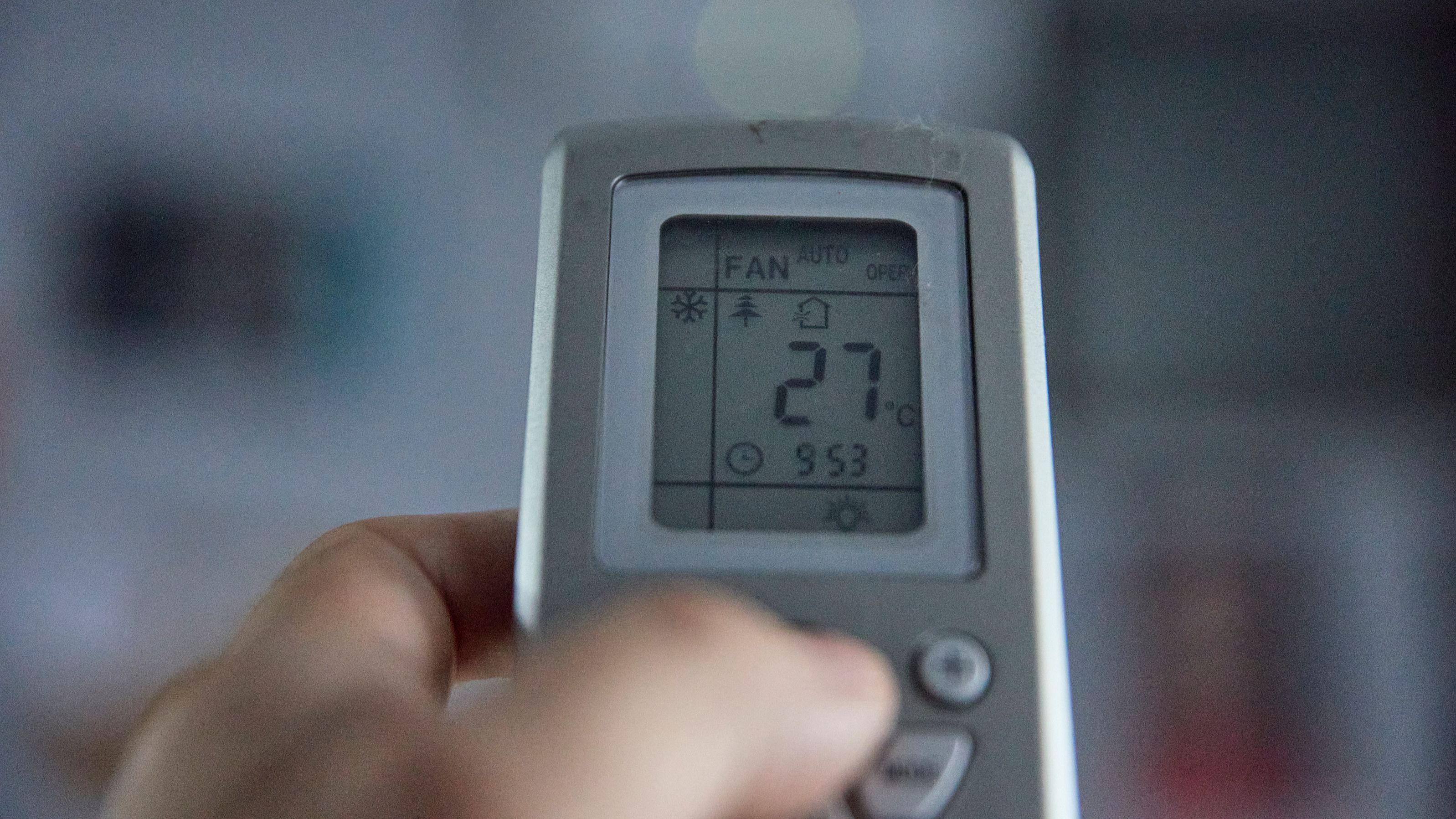Closing doors and raising the thermostat can lead to savings of up to 10%, but at the cost of safety and well-being, they point out from the Aireamos platform
“I would prioritize ventilation and thermal comfort, making Decree 486 on safety and health in workplaces prevail,” says architect Miguel Ángel Campano
In restaurants, bars or cafeterias “light work” is carried out, so the temperature will be set not at 27ºC but at 25ºC, the employer warns
–
The energy saving measures decreed by the Government have been received with some confusion in the affected sectors. After two years of pandemic in which the opening of windows to achieve natural cross ventilation has been one of the main proposals against the spread of SARS-CoV-2, now just the opposite is imposed: the closure of spaces with doors automatic to prevent the entry of heat in summer and cold in winter. But what about covid-19? The virus, as health officials recall, is still there. How can you bet on savings without neglecting your health?
–
In reality, explains Miguel Ángel Campano, a member of the Aireamos platform, since 2008 the legislation has required that new buildings or activities incorporate a controlled mechanical ventilation. That is the key: ventilation that is efficient not only in terms of energy savings, but also for air filtering in order to avoid the spread of SARS-CoV-2 and other types of pathogens, pollutants from interior spaces, excess CO2, dust… “All the things that accumulate in a poorly ventilated space and that is not only coronoavirus” , recalls the professor at the Higher Technical School of Architecture of the University of Seville.
–
Heat recovery system and CO2 meter
How is that achieved? “With ventilation control. The ventilation must have a heat recovery system to allow savings and at the same time a control of how much air we put inside to displace the stale air. This control can be done by calculating the amount of air per person or, more simply, placing a CO2 meter and, depending on the levels, open the window more or less or make the machine work more or less by putting in air”, replies the expert.
–
The problem, says Miguel Ángel Campano, is that there are many spaces in which regulations are not met. “If it had been fulfilled, the covid probably would not have been transmitted in such a high way. and we would not have had this magnitude of outbreaks.” This is precisely what the Aireamos platform proposes, of which Professor Campano is a member, because “with good ventilation, the viral load in the environment drops a lot,” he insists.
–
Combine health and savings
The specialist considers that the Government’s measures do not combine user comfort and energy efficiency, which is why he considers them “insufficient” and a “bit of nonsense”. “It would be necessary to help implement controlled air ventilation systems that allow balancing efficiency and comfort, neither of them can be neglected”, he stresses. Now it seems that the need for a well-ventilated environment to avoid contagion has taken a backseat and what matters is energy savings. “The pendulum movement of extremes is dangerous, the advantage is in the middle groundso we are going to ventilate intelligently and we are going to establish a temperature of 25 degrees or 26, because with 27 the thermal stress is already bordering on, especially for those who have to wear a suit”.
–
Miguel Ángel Campano understands the logic behind the measures because, he says, “raising the thermostat by one degree represents a saving of between eight and 10%”. “Efficiency benefits greatly by raising the temperature in summer, but at the cost of safety and environmental comfort, so I would prioritize ventilation and thermal comfort, making prevail not the Decree approved on Tuesday, but Decree 486 on safety and health in workplaces approved in 1997″.
–
Decree Fight
That is precisely the Decree Law used by the employers of the sector, Hospitality of Spain, to argue that the bars and restaurants can lower thermostats two degrees, to 25. As stated in a statement issued on Tuesday, Royal Decree 486/1997, of April 14 establishes the minimum safety and health provisions in the workplace. Its article 7 refers to Annex III, which includes the thermo-hygrometric conditions that must be met in closed premises. These are:
–
- When sedentary work is carried out (offices and the like), the temperature must be between 17 and 27º C.
- In places where light work is carried out, it will be between 14 and 25º C.
–
According to Hospitality of Spain, in restaurants, bars or cafeterias “light work” is carried out, so the temperature may not exceed 25º C. “Interpreting this regulation together with the limitation of article 29, the restaurant premises may be cooled below 27º C, although not less than 25º C”, they conclude from the business confederation.
—

